Online Advertising & Marketing 101
- By Douglas Moore
- December 4, 2020
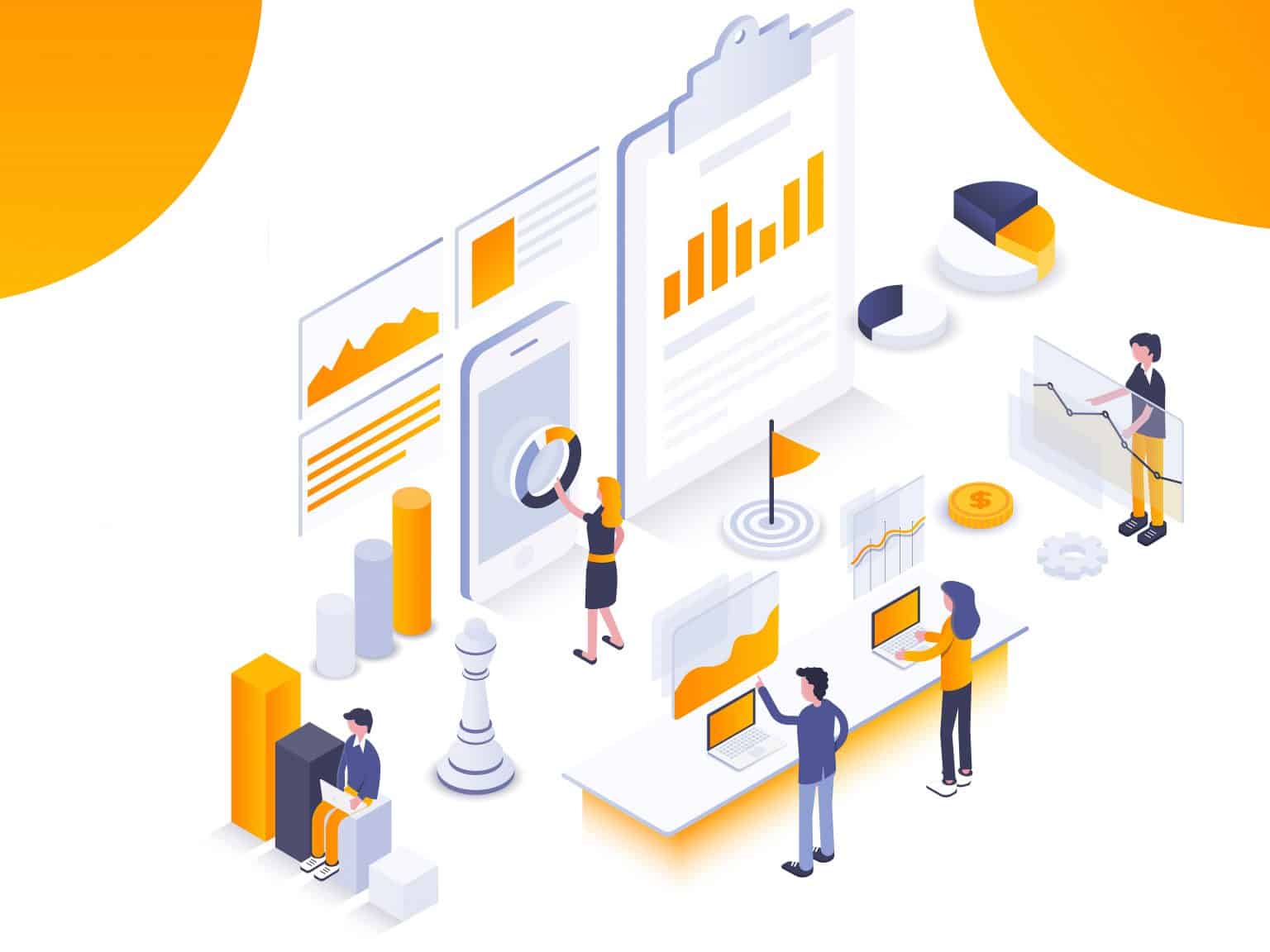
Consider how much time people spend online on smart devices like computers, smartphones, and tablets. Research in 2017 concluded that 92% of Americans were internet users and that they spent an average of nearly 24 hours per week online. In 2019, the average global internet user spent 144 minutes, or nearly two and a half hours, per day on social media. And in today’s unfortunate age of pandemic, people are using the internet more than ever before – there was a 47% increase in data usage in the first quarter of 2020.
For better or for worse, people are spending a good deal of their time online. In the past, traditional advertising was the main way to market a product or service through billboards, campaigns, posters, magazine ads, TV commercials, mail, and so on. However, considering the changing habits of today’s society, digital marketing, i.e. online marketing is indispensable for any sort of business – be it online or brick-and-mortar. You need to be where your target audience is – and the great majority of them are most definitely online.
So, whether you just started a business or are looking to expand your existing business, the key to increasing revenue through online visibility is to engage in digital marketing. If you’re new to all this, don’t worry – this guide is tailored precisely for you. We’ll go over what digital marketing is as well as the main methods of online advertising. You’ll soon know everything you need to in order to get started – what the different methods entail, their pros and cons, and how much they’ll cost you.
Online Marketing vs. Online Advertising
First things first: are online (digital) marketing and online (digital) advertising the same thing? Can they be used interchangeably? The answers are no and no, respectively. Online marketing is a broader umbrella term that encompasses any online channels used for marketing. This includes search engine optimization (SEO), content marketing, email/mobile marketing, social media marketing, affiliate marketing, and, finally – online advertising.
As you can see, online advertising is a subcategory of online marketing. Online advertising refers to marketing via ads, so display ads, native ads, social media ads, and pay-per-click ads (all of these will be explained soon enough) fall under its auspices.
In this article, we’ll focus more on online advertising, though we’ll also go through several other online marketing methods.
What Is Online (Digital) Marketing?
Online marketing or digital marketing is promoting your product or service through digital (online) channels, such as social media, email, phone apps, websites, and search engines. It also includes increasing organic traffic to your website through content marketing and SEO. It’s basically marketing done through the internet.
Online marketing is key in promoting the organic growth of your website. By employing these channels – like newsletters, emails, blogs, campaigns over social media or search engines, – you can reach your consumer base to promote your product, service, or brand. According to Google, 63% of shopping occasions begin online. That means that even when a person doesn’t purchase a product online, they begin their shopping process – browsing, reading reviews, etc. – online.
There are three goals and stages of digital marketing:
- Informing the client about your brand, i.e. boost brand awareness.
- Persuading your target audience of the validity of your brand to convert them into customers.
- Staying in your customer’s online world by approaching them through multiple online channels.
However, digital marketing is a bit more complex than that. On the surface level, digital marketing is marketing through online channels. However, for a digital marketing campaign to be successful, it needs to be well-thought-out, planned, and executed. The most successful approach to launching a good online marketing campaign is employing omnichannel marketing.
What Is Omnichannel Marketing?
To develop a successful online marketing strategy you need to engage your potential customers, go where they are, and make their experience with your brand as seamless as possible.
That is exactly the purpose of omnichannel marketing.
Omnichannel marketing is an approach in digital marketing which connects the various marketing channels with the customer and with each other. It’s meant to create an integrated, unified shopping experience where the customer is simultaneously connected to your brand through several channels, and at the same time, those channels are interconnected, so that the customer can move between them seamlessly.
This is different from multichannel marketing, which advertises or sells through multiple channels, but doesn’t connect them with each other – which can make shopping more difficult for customers. Omnichannel marketing puts the customer at the center of the strategy. It allows them to connect to your service from multiple places simultaneously.
Another important aspect of omnichannel marketing is that it helps you engage with the user. For instance, a company that communicates with users through their website, email, Twitter, Instagram, and Facebook, has a much higher chance of converting leads into sales.
Omnichannel marketing allows you to gather meaningful data about your customers, to form more personal relationships with them, and increase your presence in their online experience. In other words, it really helps boost brand awareness. And boosting brand awareness through omnichannel marketing will increase your authority and trustworthiness in the eyes of the consumer, leading them to eventually buy what you’re selling.
How Does Omnichannel Marketing Work?
But all this may sound a bit abstract. Let’s take a look at some examples of how omnichannel marketing works in practice.
- Starbucks allows you to use their app while you’re in their store to pay, get a free drink, and find locations of their store near you. This sort of integrated shopping experience has helped them build a loyal caffeinated following.
- A customer goes to a store and reads online reviews about the product before buying it.
- A customer gets retargeting ads or emails after abandoning the cart during online shopping.
- A customer receives an SMS about discounts/promotions while shopping in-store.
- A customer using a “buy online, pick up in-store” service.
As you can see, omnichannel marketing – or an omnichannel sales approach – connects all the various pit stops (phones, email, app, in-store) of the customer’s shopping experience leading to making a sale. This makes the process as custom and convenient as possible for the customer.
So why are we talking about omnichannel marketing? Before we get into the various ways in which you can employ digital marketing, it’s important to keep an omnichannel strategy in mind. It can help you devise the best possible online marketing approach. After all, Invesp’s research has revealed that companies using omnichannel strategies retain 89% of their customers on average, as opposed to a 33% customer retention rate by companies with low omnichannel engagement.
Why Use Online Marketing?
Before we get into the detailed overviews of the many ways to do marketing and advertising (get eyeballs) online, let’s take a brief look at some of the main benefits of online marketing.
Digital marketing has exponentially grown in popularity as a way to market products as opposed to traditional marketing. With people spending a great deal of time on their laptops and smartphones, digital marketing has some clear advantages to traditional marketing, from targeting audiences to cost-effectiveness. Here are six ways in which digital marketing can help businesses grow.
- It’s cost-effective. Digital advertising costs less than a lot of traditional advertising. Can you imagine the price of billboards and TV ads? Up to 40% of small businesses have reported that digital marketing has helped them save money. The cost-per-lead is also a lot cheaper in digital marketing.
- It offers great opportunities for small businesses. The affordability of online marketing helps even out the playing field for smaller businesses that can’t afford the traditional stuff. With digital marketing, small-time players can too reach an international, broad audience.
- It goes where your audience goes. Digital marketing allows you to set up your online presence on platforms where your target, niche audience is. This is really important in engaging potential customers and creating a relationship with your consumer base. Not to mention that this type of engaged online marketing boosts customer satisfaction, improves the shopping experience, personalizes the relationship, thus increasing your chances of gaining a loyal following, and it gets you higher customer retention.
- Better conversion rates and higher revenues. Digital marketing done right can get you some high conversion rates – which will lead to higher revenues. Companies using digital marketing strategies have recorded 2.8 times higher revenue growth expectancy, while small to medium businesses have recorded 3.3 times higher chances of expansion.
- Builds brand awareness and trust. Your presence across multiple digital channels will increase awareness of your brand. With time, as customers engage with your page on Facebook, Instagram, etc., they will themselves help make the brand more visible to others (like their online friends). Since you can communicate with your customer base through digital channels, you’ll also be able to build trust.
- It’s very convenient for smartphones. In 2018, 52.2% of the total web traffic worldwide came from mobile phones. Digital marketing is ideal for the smartphone user, as it’s often optimized for smartphones and designed to be mobile-friendly.
How to Advertise Online: Methods
We’ve covered why you should market online; let’s take a look at how. First, we’ll go over the main ways you can do online advertising, and then move to other online marketing methods that can prove crucial to building a strong, effective strategy.
There’s a number of easy and fruitful methods you can engage in to expand your business, get more eyeballs (visibility), and increase customer engagement – all in the hopes of generating higher revenue. And it’s not just a hope – if you do it right, digital marketing will work wonders.
The following sections will include brief overviews of the many ways you can advertise online, their pros and cons, how you can get started, and their rough costs.
Without further ado, let’s get to it.
Native Ads
Overview
Although the internet wasn’t initially used for advertising, ads have become an unavoidable presence in the online world. Naturally, people got sick of ads and immune to certain formats – like banner ads. Plus, most internet users today are using ad blockers, which prevent some types of online marketing, such as pop-up ads. As a way to remedy the fatigue of an over-advertised audience, native ads were introduced.
Native ads are sneaky ads that are created to fit in with the style of the website on which they appear. They are designed to match its style and function so that they’re not immediately recognized by the visitor as ads. That’s where the name comes from – these ads are meant to look “native” to their website. Usually, they’re somehow related to the content displayed on the page, so they’re meant to find a keen audience near its site of leisure.
Of course, native ads have to reveal that they’re ads. They can’t just stand there, looking like regular articles. Generally, there’s some type of writing that clarifies to the careful site visitor that they’re ads. Usually, it will say something like “Sponsored content.”
Let’s take a look at how native ads are made to blend in with a website. Here’s how regular articles look on Cracked:

Now, let’s take a look at how native ads appear on the website. Generally, they’re found at the bottom of articles:
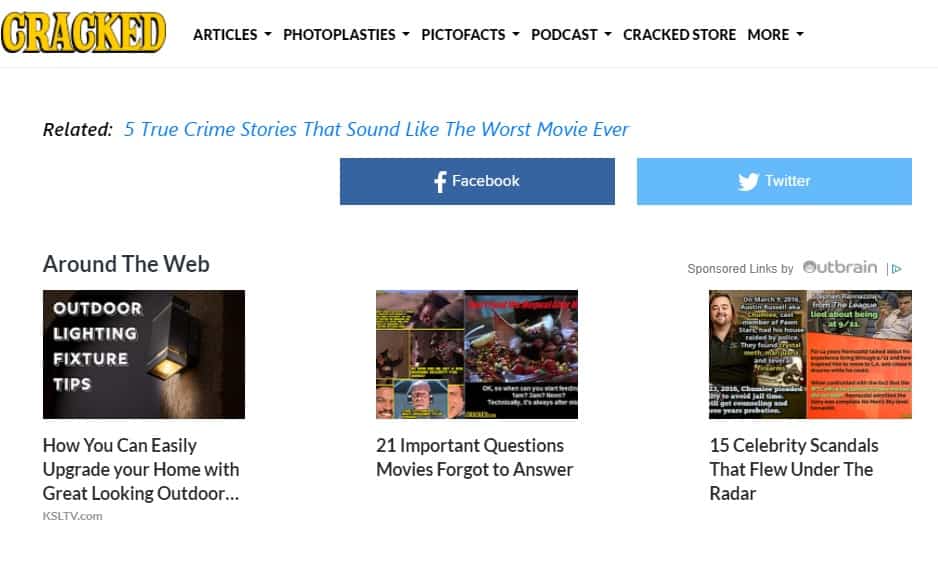
As you can see, they look nearly identical to the articles. The difference is that, firstly, you can see in the right-hand corner above them that they’re categorized as content from “Around The Web.” In the left-hand corner above the native ads, you can see that they’re sponsored as it says “Sponsored Links by utbrain.” It’s not just business websites trying to sell stuff that have these types of ads – it’s also websites that earn money from clicks and from having ads on their own websites, as you can see from the second and third link.
While native ads may seem pretty good right about now, they do have some drawbacks, which we’ll cover. The most important thing to keep in mind when it comes to native ads is that they should be clearly marked as ads, placed on the right website, and targeted at the right consumer.
Types of Native Ads
You’ve probably come across quite a few native ads in your browsing experience. Here are some of the different types of native ads:
- Social media ads. The most common example of social media ads are Facebook ads. You know how you Google one thing one day (like a new coffee machine), and the next day your Facebook feed is riddled with sponsored ads about coffee machines? Well, that’s because social platforms like Facebook use algorithms that take into consideration users’ off-site (Google) searches, and target ads to users accordingly. You can pay for your business’ posts to appear in people’s social media feeds according to their interests and search history. Then, your post (ad) will pop up on your target audience’s social media, perfectly integrated with the style of the feed. Of course, not all social media ads are successful, i.e. aimed at the right audience. We got this little number for instance:

- Promoted listings. Companies can pay shopping websites, like eBay, to rank their products at the top of product listings for certain keywords or phrases. In some cases, however, shopping websites like Amazon employ sponsored products rather than promoted listings, like so:
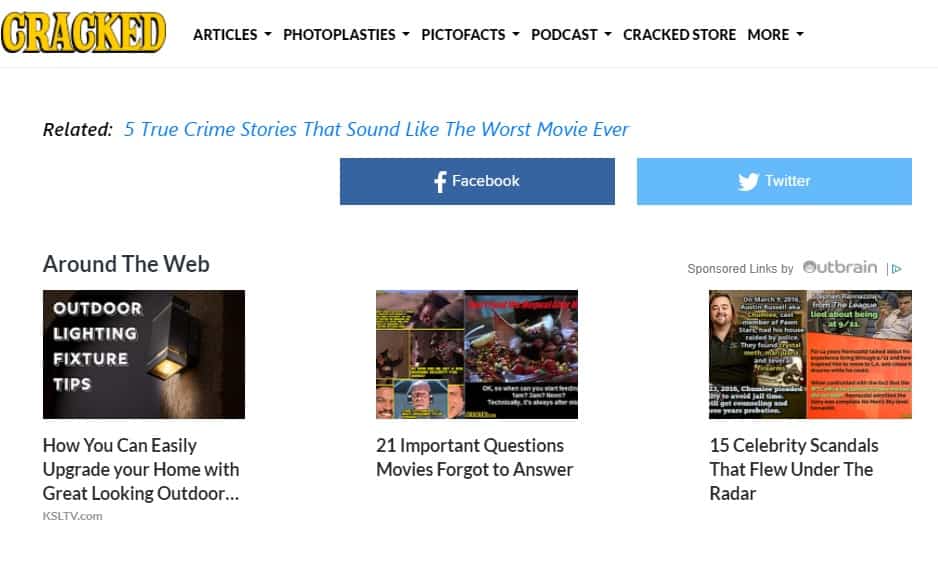
- Recommended listings. This is basically a sponsored ad on shopping websites like we saw above – businesses can pay to have a place in the recommended section on shopping websites like Amazon. When users click on a certain product, there’s usually a bunch of other products that appear on the page, and which are similar to that product. These products are also marked as “sponsored.”
- Paid search ads. When you search for some things on Google, the top 2-3 results may be marked as “ad”. These are paid search ads, or in this particular example, Google ads. Companies can pay search engines (such as Google) to rank their websites at the top of the SERPs when users search for certain keywords or phrases.
- Influencers. There are people in this world that earn money just by existing on social media. These individuals have groups of people, or “followers,” that look at their posts. You can pay these people, this 21st-century profession called an “influencer,” to create posts in their feed that include your branded products. Yep: this, too, is a type of native advertising.
- Sponsored content. This includes paying popular websites to run links to articles leading back to your own website, like we saw with the example of Cracked. Other types of sponsored content include hosts on podcasts and video channels referring audiences to your product/service).
- Product placement. Ray-Ban increased sales by 50% for their Wayfarer model after Tom Cruise sported them in Risky Business, while their Aviators’ sales jumped by 40% after Top Gun. Good product placement can work wonders. So, while you may not be able to afford Tom Cruise’s producers, you can find a more affordable type of entertainment (music videos, video games) to promote your product.
There’s a broad variety of native ad types you can choose from. It’s best to first think over what type of native ad is most suitable for your product or service, and of course, to figure out what type of native ad fits into your budget. Again, it’s all about going where your niche is, where your audience is. Product placement, for instance, won’t work for everything.
Let’s take a look at the benefits and drawbacks of native advertising.
Pros of Native Ads:
- Homo interneticus has evolved past banner ads – they get straight-up ignored. Native ads help fight ad fatigue (the aversion that internet users have developed towards ads) and better grasp the attention of potential customers.
- Native ads give successful results: users look at native ads 53% more than they look at display ads; in-feed, consumers look at native ads 25% more than display ads; they lead to purchase intent that’s 18% higher, and a 9% increase in brand affinity in relation to banner ads; and are 13% more likely to be shared than display ads.
- They’re more appealing to customers. Internet users know that native ads are ads. However, the less obtrusive form that they take makes them more appealing than in-your-face banner/display ads. Plus, they often (arguably) include content that is interesting to the reader.
- New generations (Gen Z, millennials, and Gen X) prefer the custom content that comes with targeted native ads. Studies show that 90% of young audiences like custom-tailored, engaging ad content.
- It’s great for boosting brand awareness and customer engagement in a short period of time. You pay some money, your ads start appearing all over the place.
Cons of Native Ads:
- If you do it wrong, consumers will hate you. OK, hate is a strong word, but people definitely don’t like being taken advantage of. The best way to prevent this is to make sure that your native ad is clearly marked as an ad. No one likes to be tricked. It also helps to choose a media outlet that’s suitable for your product. For instance, people dislike masked sponsored ads on popular news websites because it makes them question the integrity of the information shared on that news outlet. Additionally, if you don’t know your customer base, find someone who does. Or at the very least, do your research. For instance, native ads that are just broadly targeted at “women” can often end up being misogynistic and giving bad rep to your brand.
- Native ads won’t help you with SEO. If you want to boost organic traffic to your website through higher SEO rankings, you’d better invest in some good content marketing, backlinks, and keyword research.
- It can get quite pricey. While we’ll go over the rough costs of different types of native advertising, it’s overall more expensive than content marketing.
Rough Costs
The costs vary based on which native advertising method you’ll settle on. The expenses can add up quickly, so it’s a good idea to start small, opting for a website or platform where your niche is most commonly present.
Social media ads
Social media ads cost anywhere between $200 and $50,000 per month if you’re doing the marketing yourself. If you outsource your social media marketing campaign, in addition to the ad costs, you’ll be charged somewhere between $450 and go up to $6,000 per month by the marketing agency.
For instance, with Facebook ads, the cost depends on the way in which you, the client, want to measure the effectiveness of your marketing. You can choose whether to pay per click (cost per click, or CPC), per like (CPL), per a thousand impressions (CPM), or per download (CPA), which mainly targets apps. The average CPC globally is $0.35, and $0.28 in the US; the average CPL in the US is $0.23, and the average CPA in the US is $2.74. When you’re determining how to go about with the payment, consider the cost of your product and the cost of the conversion per customer. So if a single conversion costs about $10, but a customer would pay $50 on average for your products/services, the price of the conversion is well worth it.
Promoted listings
With promoted listings, it again depends on the shopping website you opt for. eBay, for instance, doesn’t charge you straight away for the promoted listing. Rather, it allows you to specify a percentage of the cost for a promoted item between 1% and 20% and then charges you that amount when a product is purchased. So (God forbid) no one buys your product, you won’t lose any money, either.
Recommended listings/Sponsored products
The average price of sponsored ads for products on Amazon is about $0.81 per click.
Paid search ads
Paid search ads like Google Ads cost on average $1-$2 per click. The priciest, most competitive keywords on Google Ads and Bing Ads start at $50 per click.
Influencers
The cost of influencers promoting your product depends on the size of their following and the social media platform. For Facebook, you can expect to pay $25 for every 1000 followers; for Instagram and Snapchat, $10 per 1000 followers; and for YouTube, $20 per 1000 followers.
Sponsored content
Again, with sponsored content, it all depends on the website you want to feature your sponsored links. The higher the authority of the host website, the more expensive it will be; the lower the authority, the lower the price. Of course, you get what you pay for – lower authority websites get less visitors and you get a much lower reach. On average, high-authority websites cost around $50,000, while the price can range from $25,000 to $200,000 (for Time Magazine, for instance).
For websites with lower domain authority (below 80), the price of sponsored content ranges between $10 and $20,000.
Product placement
It’s really difficult to settle on a rough price for product placement because it varies greatly on the medium. TV shows will be more expensive than reality shows, films will be the priciest, music videos depend on the popularity of the artist, and so on. In general, you can expect an agency to charge you from $60,000 and beyond $250,000 for single brand product placement.
Retargeting Ads
Overview
It turns out that about 96% of visitors coming to your website are not ready to buy. They come, they see, and they leave – it’s up to you to conquer them back. This is where retargeting ads really come in handy.
Retargeting ads find visitors that have left your website without buying anything (or abandoning their cart), and remind them of your brand and product. Retargeting ads most commonly take the form of display ads appearing on websites within the display network which you frequent. The display network includes over 2 million websites, apps, and videos, reached by nearly 90% of the global internet audience, which can feature your ads. The algorithms behind retargeting ads use cookies, or pixels, that track users around the internet after they bounce off your website. Once they find an appropriate place to appear (a website within the display network), they strike, reminding the user of what they’re missing.
Retargeting ads are an excellent way to get returning visitors to your website. Returning visitors are more important than new shoppers because they’re much more likely to make a purchase, and we’ll get more into this in the pros section. You can tailor your retargeting ad based on how you want to lure the potential client back in. You may wish to offer discounts or show similar products to the ones they browsed. You can also just keep it simple and just remind them of what they abandoned.
Before that, here are some popular forms of retargeting ads:
- Google retargeting ads. Google ads can allow you to get your retargeting (or remarketing) ads placed on websites within the display network.
- Facebook retargeting ads. Facebook is one of the most popular spaces for retargeting ads. You can customize your campaign by playing with different values, like engagement, audience (deciding which customers to target – like users that have left your website without purchase within the last 7 or 30 days), and content.
- LinkedIn ads. LinkedIn offers tools for B2B retarget marketing.
Pros of Retargeting Ads:
- The importance of returning visitors. Retargeting ads are quite important as they’re aimed at returning visitors (or customers), and guess what? Returning visitors are more valuable than new ones. Let’s look at some stats.
- Returning customers are twice as likely to add items to their cart as opposed to new shoppers (14.8% vs. 7.6%); returning customers have lower bounce rates than new shoppers (24.4% vs. 34.8%); and lastly, returning visitors have a conversion rate that’s almost twice as high as the conversion rate of new visitors (4.5% vs. 2.4%).
- Targeted advertising. With retargeting ads, you’re not groping in the dark, searching for your customer base. It’s there, it exists, it just needs a nudge in the right direction.
- Boosts brand awareness. When visitors see the name of your brand a couple of times, they grow to recognize and remember it.
- It’s easily customizable. You can choose which visitors to target – those who’ve unsubscribed to your service, those who’ve abandoned the shopping cart, or those who’ve just bounced off your homepage. Of course, the cost will also vary based on which values you tweak.
- Flexible pricing. You get to do automated bidding and decide on how much money you’re able or willing to spend.
- Broad reach. As your ads are appearing throughout the display network, which is accessed by about 90% of internet users, your brand will enjoy quite a broad reach.
Cons of Retargeting Ads:
- If you get the frequency cap wrong, you’ll either be annoying or invisible. Appear too often, and people will start to get annoyed by the very thought of your presence. Appear too little, and you’ll be practically invisible.
- Not all people enjoy being followed around by algorithms. Although most internet users are already aware of the fact that the internet is practically sponsored by ads, it’s still frustrating to feel like a product all the time. When a user sees a retargeting ad, they know you’ve kept tabs on their browsing history.
Rough Cost
Retargeting ads are overall quite cost-effective. On Google, the average cost per click (CPC) is between $0.66 and $1.23.
Other Online Marketing Methods
Now that we’ve covered the main ways to advertise online, let’s take a look at other online marketing methods that are important for building a strong online presence.
Email Newsletters & Email Personalization
Overview
Email newsletters can be used in digital marketing to reach users in your subscriber list (existing and potential clients) and send information about blog posts, products, and discounts. Email newsletters are a great way to form relationships with your customers, maintain an online presence in the eyes of your target audience, as well as to promote new products and discount campaigns. Keep in mind, however, that a successful newsletter shouldn’t sound too pushy and sales-y. It’s recommended to keep it 90% informational, and about 10% sales-related.
To do email newsletters right, you should do it using email personalization methods and strategies. Users like personalized content, so it can help build a loyal brand following. In fact, the main audience for newsletters is your existing “fan base” – customers with a formed attachment to a brand spend 23% more time on what your newsletter has to offer than average customers.
You can also use automated email personalization to send some users retargeting emails, or emails that remind them of a product they recently looked at or abandoned. This follow-up email can be tailored to offer discounts, and include similar products or demo videos.
Pros of Email Newsletters
- They help you gain a loyal following;
- High ROI ($44 for every $1 you invest);
- Boost brand awareness and authority;
- Stand out from the competition with personalized, information emails that contain great content;
- Increase your conversion rates through retargeting emails.
- They’re quite affordable, time-efficient, and have a broad reach;
Cons of Email Newsletters
- Your emails could get marked as spam;
- If you overload the emails with sales info, you could lose interest amongst your customers and lose subscribers. The same goes for emailing your subscribers too frequently;
Rough Costs
Email newsletters, or email marketing, are very affordable and offer scalable pricing. You can expect to pay anywhere between $9 and $1,000 per month if you manage the email marketing campaigns by yourself, i.e. in-house. If you hire an outside agency, you can expect prices between $300 and $700.
Honorable Mentions
There are so many methods left that you can employ in your digital marketing campaign! To begin with, without SEO, link-building, and content marketing, it will be very difficult to grow the organic traffic of your website. These three methods are crucial to boosting your website’s ranking in the SERPs, which is one of the best ways to get more visits and make more sales.
In addition to those three main marketing strategies, here are a few honorable mentions of our favorites:
- Podcasts: Podcasts are a great way to reach out to your niche. It gives your business a personal touch that’s key to creating meaningful relationships with your customer base. With a little bit of prep work, you can start and host your own podcast for as little as $200.
- Outreach marketing: Send gifts, start competitions, and work up to some user-generated content.
- Webinars: Webinars are a wonderful way to show your customer base you know what you’re doing, and that you’re a real professional.
A Few Final Thoughts on Online Marketing
Digital marketing can do wonders for you – when done right. It’s important to really do your research, though, or find a great marketing agency that will do it for you, in order to decide on the types of online marketing that will work for your business and your audience.
This includes figuring out things like:
- Where does your niche audience hang out?
- What are their shopping habits like?
- How can you better align your website with their interests? (Which can lead them to buying your product.)
- What types of online marketing would they find appealing? (Millennials would like user-generated content types and engaged campaigns, while boomers would prefer emails.)
- Are you targeting customers (B2C), or other businesses (B2B)?
- What’s your budget?
- What’s your goal?
Whatever channels you choose to employ in your digital marketing strategy, it’s of utmost importance to integrate them into a single, unified shopping experience as supported by the omnichannel method of online marketing. In other words, you should make sure that all your marketing channels are connected with each other and work together to make the customer’s experience as smooth and seamless as possible.
In addition to making the shopping experience as intuitive as possible, the second main goal of omnichannel marketing, and engagement marketing in general, is to build trusting relationships with your clients and build brand loyalty; to make clients feel like they matter to you and your company, and are more than just a number.
Hopefully, our article has helped you gain a better idea of how you can use online marketing and what the expected costs would be.
View Related Articles
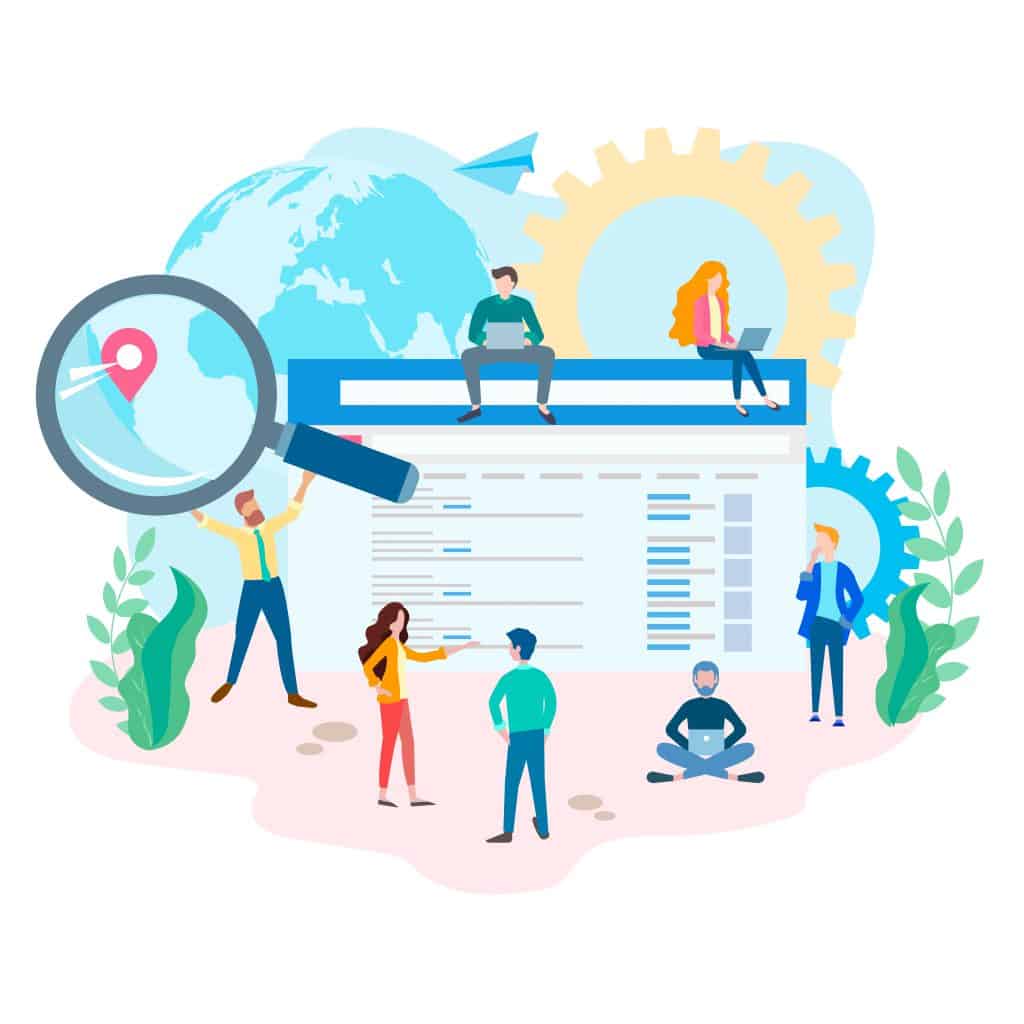
What Is a Web Address?
If you’ve used a web browser such as Google Chrome or Firefox before, you’ve likely come across a web address. Also known as a URL (a Universal Resource Locator), they’re generally located in the search bar across the top of the browser page.
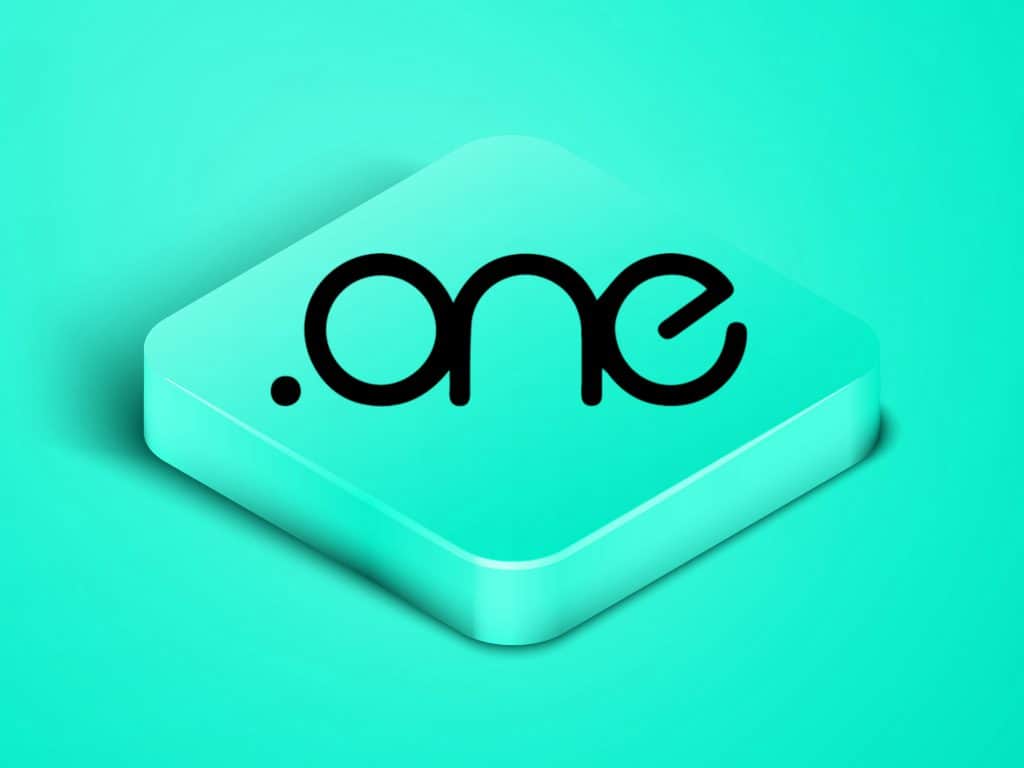
All About the .one Domain Extension
This domain extension is great since it’s easy to remember, and everyone wants a catchy domain name. From the visual perspective, the .one domain extension contains 3 letters, just like .com, .org, or .net, and it has the added benefit of being a dictionary word.
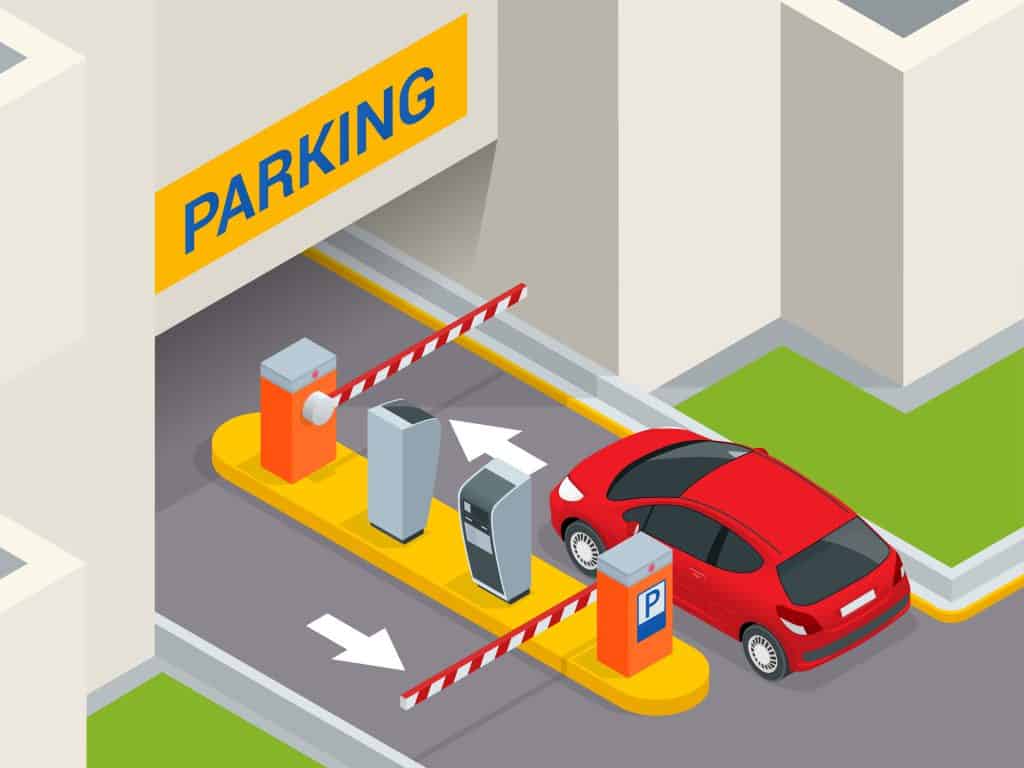
What Is a Parked Domain?
This is where the concept of parked domains saves the day. Even if you aren’t ready to build a website, but have come up with a perfect name for it, you can buy the domain and “park” it for later use. By purchasing a domain you like ahead of time, you’re making sure that no one steals it in the meantime.